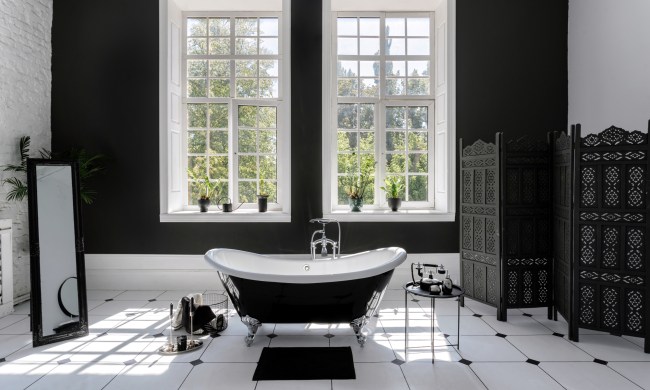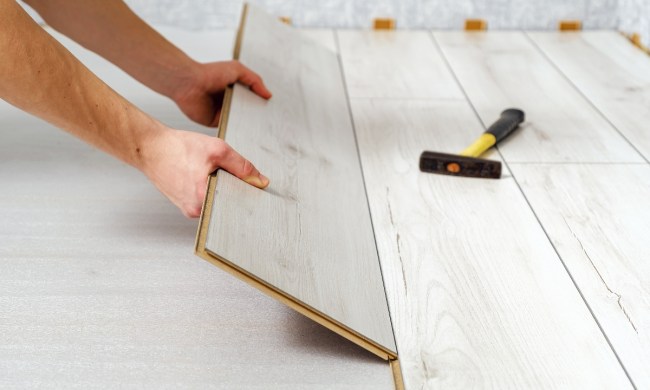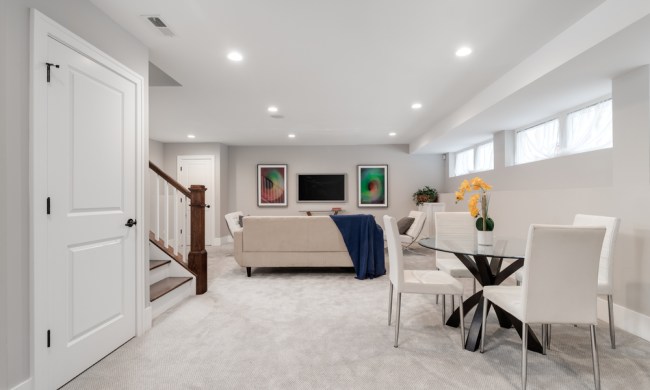If you are in the market to buy a home, you know that inventory is at an all-time low in most markets. Home prices are increasing because the demand is at a fever pitch, but are homebuyers resetting their expectations for a home and what they’ll settle for based on this new market? HomeAdvisor recently issued a study on what homebuyers are currently looking for and what would be deal-breakers to find out if there have been any significant changes in the last few years.
One thing HomeAdvisor found is that nearly “three in four recent homebuyers reported a stressful homebuying experience,” whereas just 60% described the process this way before the COVID pandemic began. Because decisions need to happen so much more quickly now, homebuyers don’t have the luxury of waiting around and haggling on certain items, and they may instead agree to home remodeling projects to fix what’s needed down the road. So, what does matter to them in this market? The answers may surprise you.
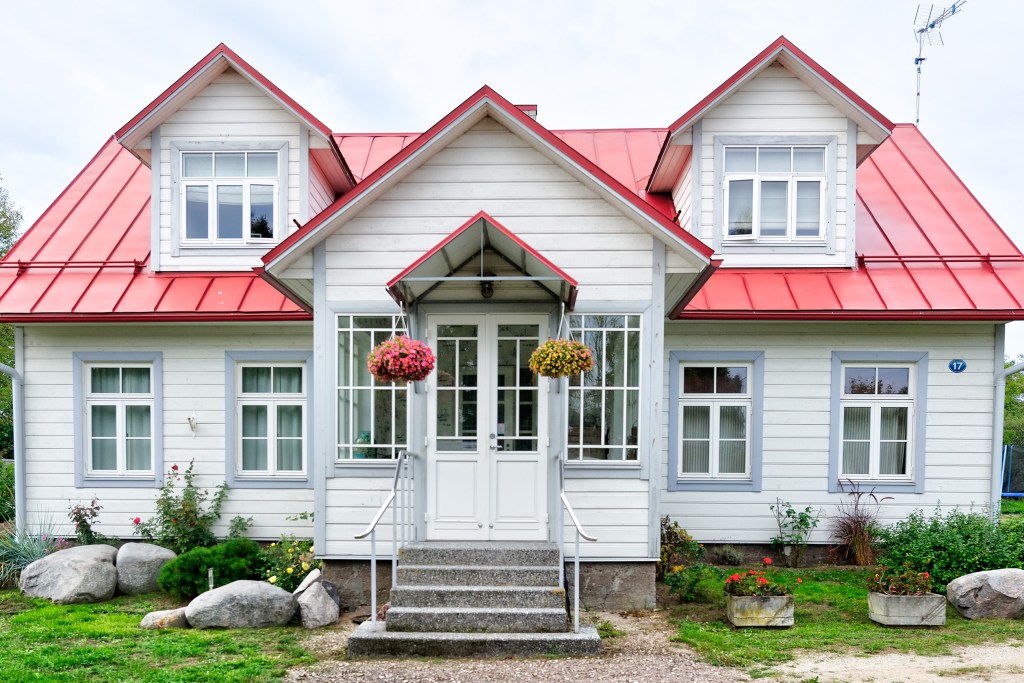
What matters most to homebuyers?
Price still rules the day when it comes to buying a home. But today, people are much more likely to go over budget to get the house they want. In fact, the study showed that 63% would go over the asking price for the perfect home, and a whopping one in four would go $100,000 over to seal the deal.
Following close behind in the top four priorities are home size, an updated kitchen, and outdoor space. The importance of useable outdoor space is unsurprising since people have been entertaining more at home over the last couple of years. Having indoor/outdoor space to relax and welcome guests is important. Also unsurprising is that, with the pandemic and working from home becoming more and more common, 76% answered that they’d need dedicated office space in a new home.
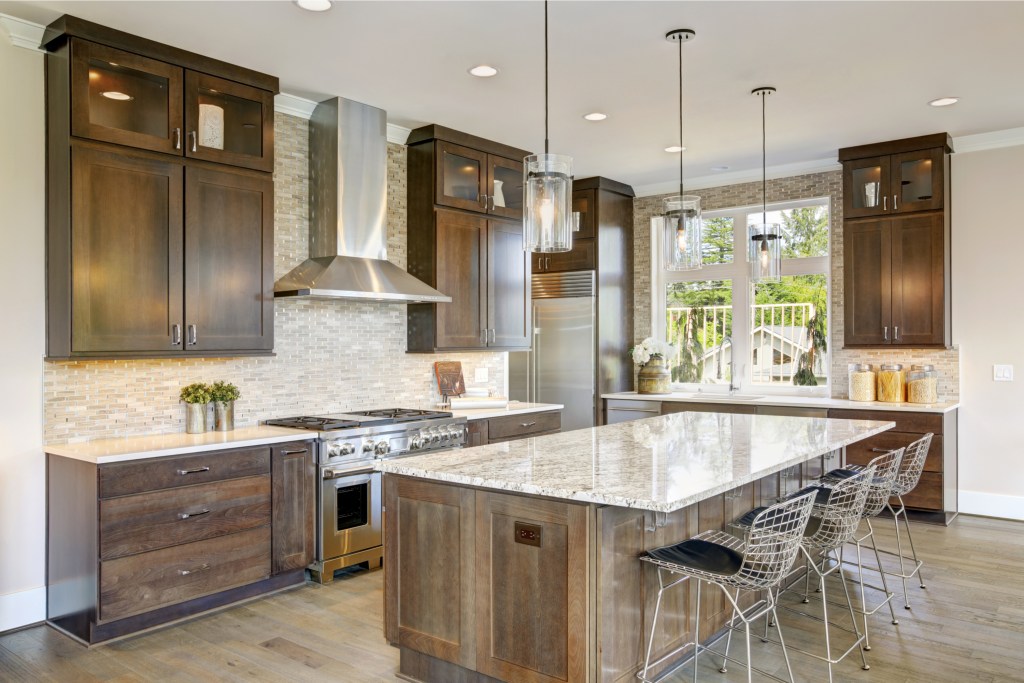
What didn’t matter to homebuyers?
Most surprising to us in this study is that the old “location, location, location” adage seems to have lost a bit of its luster. Location factored in at the bottom of the list, with just 39% of respondents saying a home’s location mattered to them. Right above location, the neighborhood a home is in got a similar response. This is a big change from the past, when a neighborhood and its proximity to schools, retail, and restaurants mattered a lot. Perhaps this is partly because people aren’t commuting to work as often and are content living further outside the city.
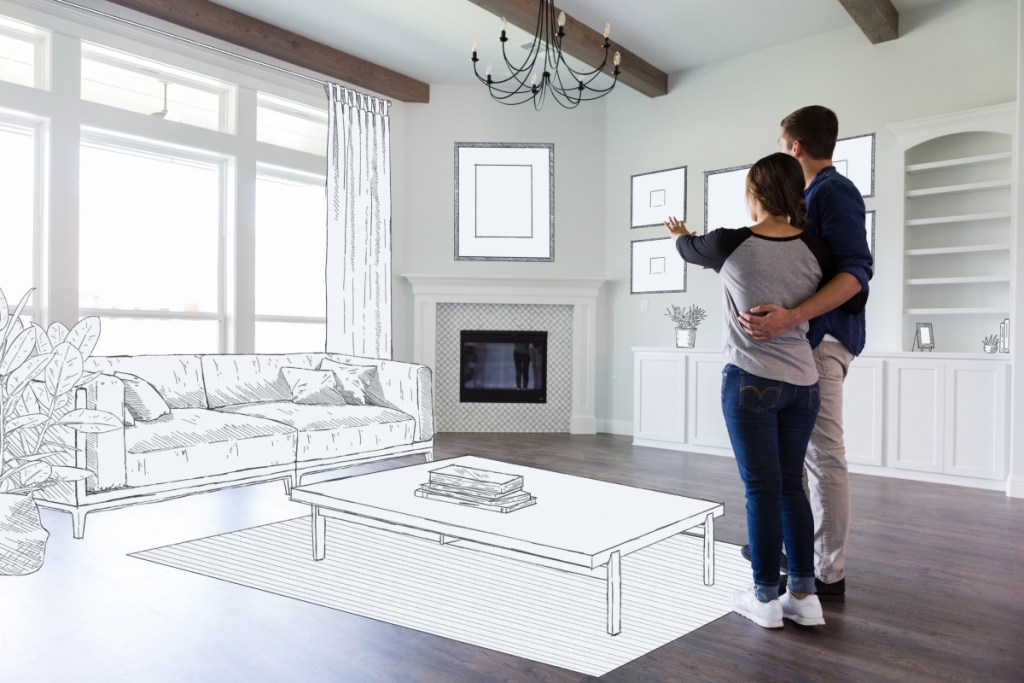
What did matter in terms of location?
While location didn’t come in high on the list of must-haves in a new home, there were nuances in what a home was located near. When asked about businesses like schools, police stations, hospitals, and fire stations, a “majority of respondents said they would be willing to buy a home nearby, most often at market value.” While they were most likely to buy near a school, respondents were least likely to buy a home near a busy road or interstate (just 23%).
Nostalgia kicked in when it came to buying near a homebuyer’s childhood home or a home where their parents grew up. Nearly 65% of buyers said they would pay at or above market value for their childhood home, and 63% said they’d do so for a home their parents had lived in. Oddly, a house that was said to be haunted wasn’t a big deterrent, with nearly 50% of respondents saying it wouldn’t bother them.
Other highlights for homebuyers included having sufficient storage space, updated bathrooms, and plenty of space in the kitchen and bedroom. If you’re trying to sell your home, it makes sense to spend time and effort on the rooms where people spend the majority of their time, both entertaining and relaxing. We’ve all heard “kitchens and bathrooms sell a home,” and while some preferences may have changed, it seems these rooms, when updated, will always help sell.
Even though the market is still in a frenzy, it’s important to be diligent in researching a home as soon as it goes on the market. People are waiving inspections to win bidding wars with their competition, but you don’t want to overpay for a house only to find out it needs massive work, which can be a big investment. It’s easy to get emotional because of a lack of inventory and competition, but understanding what work will need to go into a home after buying it is important. The right course may be to stay patient and keep looking for a home that ticks all the most important boxes for you and your family.
And if you’re looking to sell a home, be sure to understand what homebuyers are actually looking for, so you can market your house properly.

